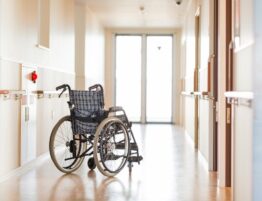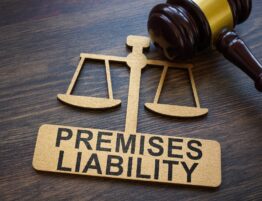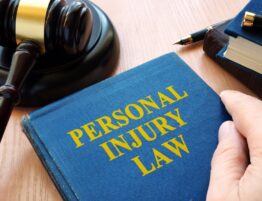
Construction sites are inherently hazardous environments, and accidents involving defective equipment can result in serious injuries or fatalities for workers. When defective equipment contributes to construction accidents, victims may have legal recourse to pursue compensation from equipment manufacturers or suppliers. This blog explores the legal principles behind holding manufacturers liable for defective equipment in construction accidents and provides guidance for injured workers seeking justice.
Understanding Defective Equipment in Construction
Defective equipment refers to tools, machinery, or materials used in construction that have design flaws, manufacturing defects, or inadequate warnings, making them unreasonably dangerous for their intended use. Common examples of defective construction equipment include:
- Faulty Power Tools: Such as drills, saws, or nail guns that malfunction due to design flaws or manufacturing defects.
- Heavy Machinery: Such as cranes, excavators, or forklifts with defective components or inadequate safety features.
- Scaffolding and Ladders: Defective scaffolding or ladders that collapse due to poor construction or material defects.
Legal Basis for Holding Manufacturers Liable
Victims of construction accidents involving defective equipment can pursue legal action based on product liability laws, which typically include the following legal principles:
- Strict Liability: Manufacturers, distributors, or sellers of defective equipment can be held strictly liable for injuries caused by their products, regardless of fault or negligence.
- Negligence: Claimants can allege negligence if the manufacturer failed to exercise reasonable care in designing, manufacturing, or testing the equipment, leading to foreseeable harm.
- Breach of Warranty: Claimants may assert breach of warranty if the equipment did not meet express or implied warranties of safety and performance.
Steps to Establish Liability
To establish manufacturer liability for defective equipment in construction accidents, injured workers must demonstrate the following elements:
- Defect Existence: Provide evidence of a defect in the equipment, such as expert testimony, product testing results, or prior incidents.
- Causation: Establish that the defect directly caused or contributed to the construction accident and resulting injuries.
- Damages: Document the extent of injuries, medical expenses, lost wages, and other damages resulting from the accident.
Seeking Compensation and Legal Remedies
Injured construction workers have several legal remedies for seeking compensation from manufacturers of defective equipment:
- Medical Expenses: Reimbursement for medical bills, rehabilitation costs, and future medical treatment related to the injuries.
- Lost Wages: Compensation for lost income due to temporary or permanent disability caused by the accident.
- Pain and Suffering: Damages for physical pain, emotional distress, and diminished quality of life resulting from the injuries.
Consultation with Experienced Attorneys
Navigating a construction accident claim involving defective equipment requires the expertise of experienced personal injury attorneys:
- Case Evaluation: Attorneys can assess the circumstances of the accident, investigate the equipment defect, and identify liable parties.
- Legal Representation: Skilled attorneys can negotiate with manufacturers, file lawsuits, and advocate for fair compensation on behalf of injured workers.
Contact Alan Ripka & Associates Today
If you’ve been injured in a construction accident involving defective equipment, contact Alan Ripka & Associates today for a confidential consultation. Our dedicated team of personal injury attorneys has extensive experience handling construction accident cases and holding manufacturers accountable for defective equipment. Schedule a consultation to discuss your case and explore your legal options for seeking compensation and justice.









